When we bring a turtle into our homes, we naturally wonder about their emotional needs. Do these shelled creatures experience loneliness like we do? Can a solitary turtle become depressed without companionship? These questions reflect our deep desire to provide the best care for our reptilian friends. Understanding a turtle’s social needs requires us to look beyond our human perspective and examine their natural behaviors and evolutionary history. In this comprehensive guide, we’ll explore the fascinating world of turtle psychology and social structures to determine whether these ancient reptiles truly need companionship or if they’re content in solitude.
The Solitary Nature of Wild Turtles

In their natural habitats, most turtle species lead predominantly solitary lives. Unlike highly social mammals that form complex communities, turtles typically interact with others of their kind only during mating season or when sharing prime basking spots. Aquatic turtles might congregate in areas with optimal resources, but these gatherings are more about environmental advantages than social bonding. Red-eared sliders, one of the most popular pet turtle species, may bask in groups in the wild, but this behavior is driven by access to warmth and safety rather than a desire for companionship. This solitary existence has been evolutionarily advantageous for turtles for millions of years, allowing them to conserve energy and avoid competition for limited resources.
The Difference Between Loneliness and Solitude

To understand turtle psychology, we must first distinguish between loneliness and solitude. Loneliness is an emotional response to unwanted isolation, typically experienced by social species that have evolved to live in groups. Solitude, conversely, is simply the state of being alone, which can be neutral or even preferred for naturally solitary animals. Turtles have not evolved the neural pathways or social structures that would make companionship necessary for their psychological well-being. Their brains are wired differently from mammals, with less development in the areas associated with complex social emotions. While they can recognize familiar individuals and may show preferences for certain companions, there’s little evidence to suggest they experience emotional distress from being the only turtle in an enclosure.
Signs of Stress in Turtles

Although turtles may not get lonely in the human sense, they can certainly experience stress, which might be misinterpreted as loneliness. A stressed turtle may exhibit behaviors such as decreased appetite, excessive hiding, unusual swimming patterns, or scratching at the sides of the tank. Physical symptoms can include shell problems, weight loss, and respiratory issues. However, these signs typically stem from environmental factors like improper temperature, inadequate space, poor water quality, or inappropriate diet—not from a lack of turtle companions. Understanding the difference between stress caused by poor husbandry and what we might anthropomorphically label as “loneliness” is crucial for proper turtle care. Regular health checks and maintaining optimal habitat conditions are more important for your turtle’s wellbeing than providing tankmates.
Species Differences in Social Behavior
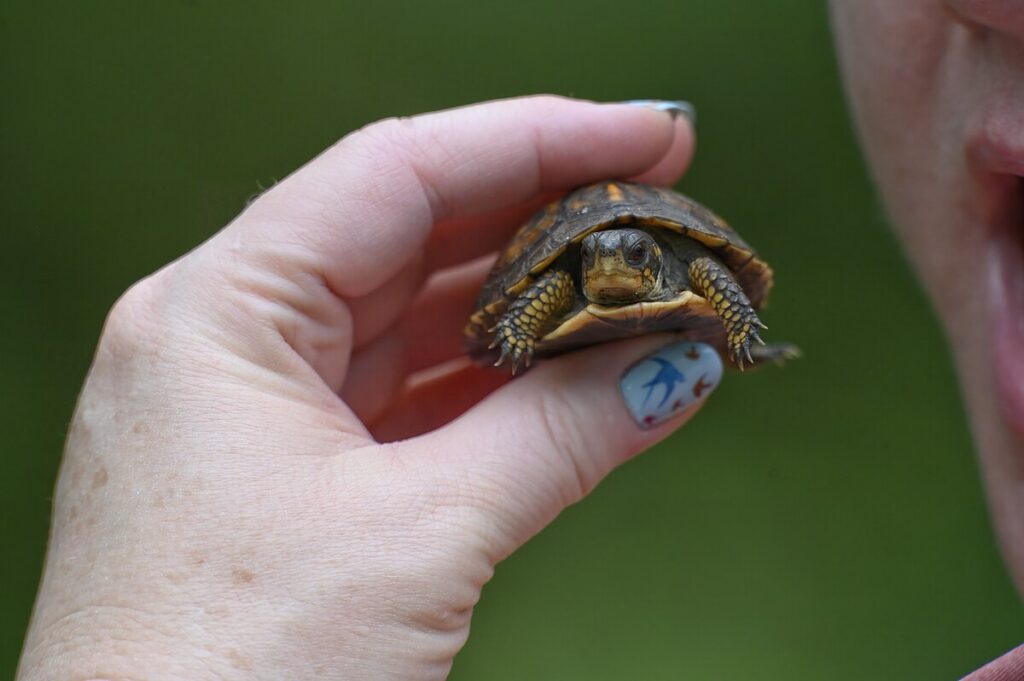
Not all turtle species share the same social preferences, and there are notable exceptions to the solitary rule. Box turtles, for instance, have been observed to form loose social groups and may recognize individuals they’ve previously encountered. Some aquatic species like musk turtles may tolerate the presence of others more readily than aggressive species such as snapping turtles, which strongly prefer solitude. The Eastern box turtle has demonstrated the ability to recognize and remember other turtles, sometimes forming preferences for specific individuals. Conversely, male red-eared sliders often become territorial and may bully or harm others, especially during breeding season. Understanding your specific turtle species’ natural social structures is essential before deciding whether to house them with companions.
The Risks of Housing Multiple Turtles Together

While it might seem kind to provide a turtle with a companion, housing multiple turtles together comes with significant risks. Territorial aggression is common, especially between males or during breeding season, and can lead to serious injuries. Even seemingly peaceful cohabitation can create chronic stress when turtles must compete for basking spots, food, or optimal swimming areas. There’s also an increased risk of disease transmission between turtles, and the biological load on your filtration system will multiply with each additional animal. Housing multiple turtles requires a substantially larger habitat than what’s needed for a single turtle, with many experts recommending at least doubling the tank size for each additional turtle. Before adding companions to your turtle’s enclosure, carefully weigh these considerations against any perceived benefits.
Human Interaction as Companionship

While turtles may not need turtle companions, they can develop associations with their human caretakers. Many long-term turtle owners report that their pets recognize them, responding differently to their presence compared to strangers. Some turtles learn to associate their owners with feeding time and may become more active when they see a familiar person. This recognition doesn’t necessarily equate to emotional attachment but demonstrates learning and adaptive behavior. Regular, gentle interaction during feeding and tank maintenance can provide adequate stimulation for most pet turtles. However, it’s important to respect their nature as primarily observational pets rather than cuddle companions. Handling should be minimal and always careful, as excessive handling can cause stress rather than alleviate any perceived loneliness.
Environmental Enrichment: A Better Alternative

Rather than focusing on providing social companions, turtle owners should prioritize environmental enrichment to ensure their pet’s psychological well-being. A varied habitat with multiple basking areas, swimming depths, and hiding spots allows turtles to engage in natural behaviors and make choices about their environment. Introducing novel objects like floating logs, safe aquatic plants, or turtle-safe toys can provide mental stimulation and encourage exploration. Changing the arrangement of tank decorations occasionally prevents boredom and encourages natural investigative behaviors. Puzzle feeders or placing food in different locations can stimulate hunting instincts and provide cognitive challenges. These enrichment strategies better address a turtle’s needs than adding another turtle to the habitat, and they come without the risks associated with cohabitation.
The Impact of Tank Size on Turtle Well-being

One of the most significant factors affecting a turtle’s psychological health is the size of its habitat. Confined spaces can cause stress, regardless of whether a turtle is housed alone or with companions. The minimum recommended tank size for a single adult aquatic turtle is ten gallons of water per inch of shell length, though larger is always better. A spacious environment allows natural swimming behaviors, exercise, and exploration, all of which contribute to mental stimulation and physical health. Inadequate space is a far more common cause of behavioral issues than solitude. Turtles kept in appropriately sized enclosures with proper temperature gradients, UVB lighting, and filtration typically display healthy behaviors and good appetites, showing no signs of distress from being housed alone.
Recognizing Anthropomorphism in Pet Care

As humans, we naturally tend to project our own emotional needs onto our pets, a phenomenon known as anthropomorphism. We value companionship highly and may assume our turtles share this need, but this assumption can lead to well-intentioned but misguided care decisions. Reptiles, including turtles, have fundamentally different evolutionary histories and brain structures than mammals like dogs or cats, which have co-evolved with humans and are genuinely social species. Understanding and respecting these differences is essential for providing species-appropriate care. While it’s natural to feel that your turtle might be lonely, making decisions based on turtle biology rather than human emotions will ultimately result in better welfare for your shelled friend.
When Multiple Turtles May Work Together

Despite the general recommendation that turtles be housed individually, there are situations where multiple turtles can coexist successfully. Same-species groups with similar sizes, adequate space, and multiple basking areas may function well, particularly if they’re females or were raised together from a young age. A general rule of thumb is to provide at least twice the space you would for a single turtle, with separate basking areas for each animal. Careful monitoring is essential, especially when first introducing turtles to each other, and keepers should be prepared to separate them if aggression occurs. Some commercial turtle habitats or outdoor ponds can be large enough to support small groups, allowing individuals to establish territories and avoid conflict. Success stories typically involve significantly oversized habitats rather than standard aquariums.
Seasonal Changes in Social Behavior

Turtle social dynamics aren’t static and can change dramatically with the seasons, particularly for species that experience breeding cycles. During mating season, male turtles often become more aggressive toward other males and may harass females with excessive breeding attempts. This seasonal aggression can transform a previously peaceful multi-turtle setup into a stressful or even dangerous environment. Female turtles may also display behavioral changes when preparing to lay eggs, becoming more reclusive or territorial. Some species experience winter brumation periods where they become less active and may tolerate closer proximity to other turtles than during active seasons. Turtle keepers should be aware of these seasonal patterns and be prepared to adjust housing arrangements accordingly, potentially separating turtles during problematic periods.
Scientific Research on Turtle Cognition
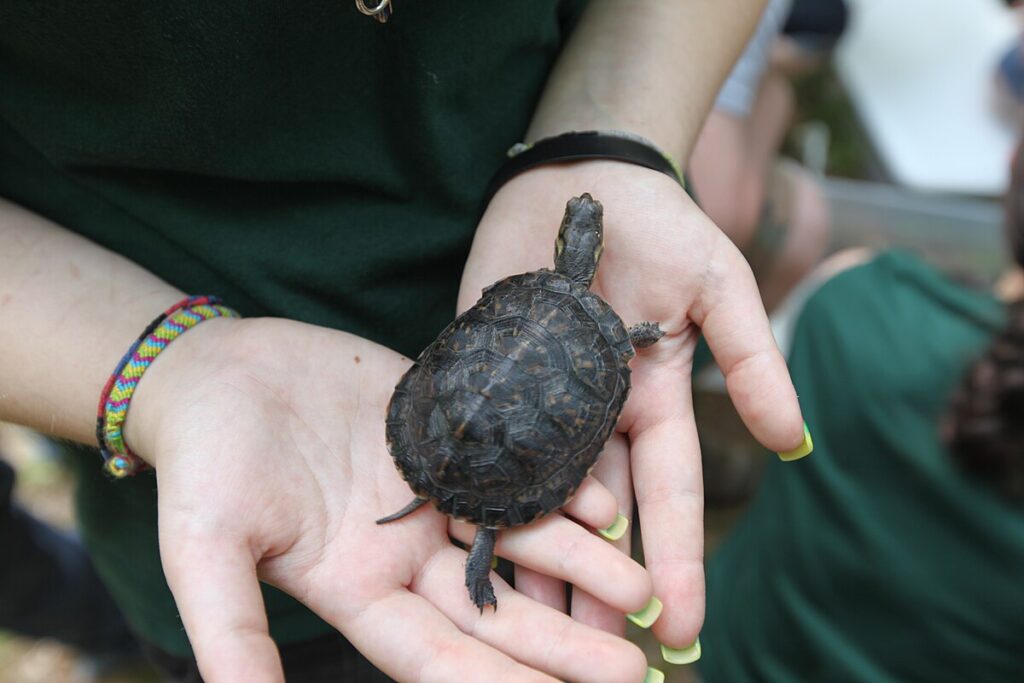
Scientific understanding of turtle cognition and emotional capacity continues to evolve, though research specifically on turtle loneliness remains limited. Studies have demonstrated that turtles possess better learning abilities and memory than previously thought, with some species able to solve simple mazes and remember solutions for months or even years. Research at the University of Tennessee has shown that some turtles can recognize individual humans and other turtles, suggesting more complex social recognition than once believed. However, neurological studies indicate that reptile brains lack the limbic structures that process complex emotions in mammals. While turtles may have more cognitive sophistication than traditionally credited, current scientific consensus doesn’t support the idea that they experience loneliness as mammals do, though our understanding may continue to evolve with further research.
Conclusion: Meeting Your Turtle’s True Needs

While turtles may not experience loneliness in the way humans understand it, they certainly have complex needs that responsible owners should address. Rather than focusing on providing social companionship, direct your energy toward creating an optimal environment with appropriate space, temperature gradients, UVB lighting, clean water, and varied enrichment opportunities. A single turtle in a spacious, well-maintained habitat with regular, respectful human interaction will typically thrive and display all the natural behaviors of a healthy reptile. By understanding and respecting the true nature of these ancient creatures, we can provide care that aligns with their evolutionary needs rather than our human perceptions. Your turtle doesn’t need another turtle to be content—it needs an owner who understands and accommodates its unique reptilian nature.



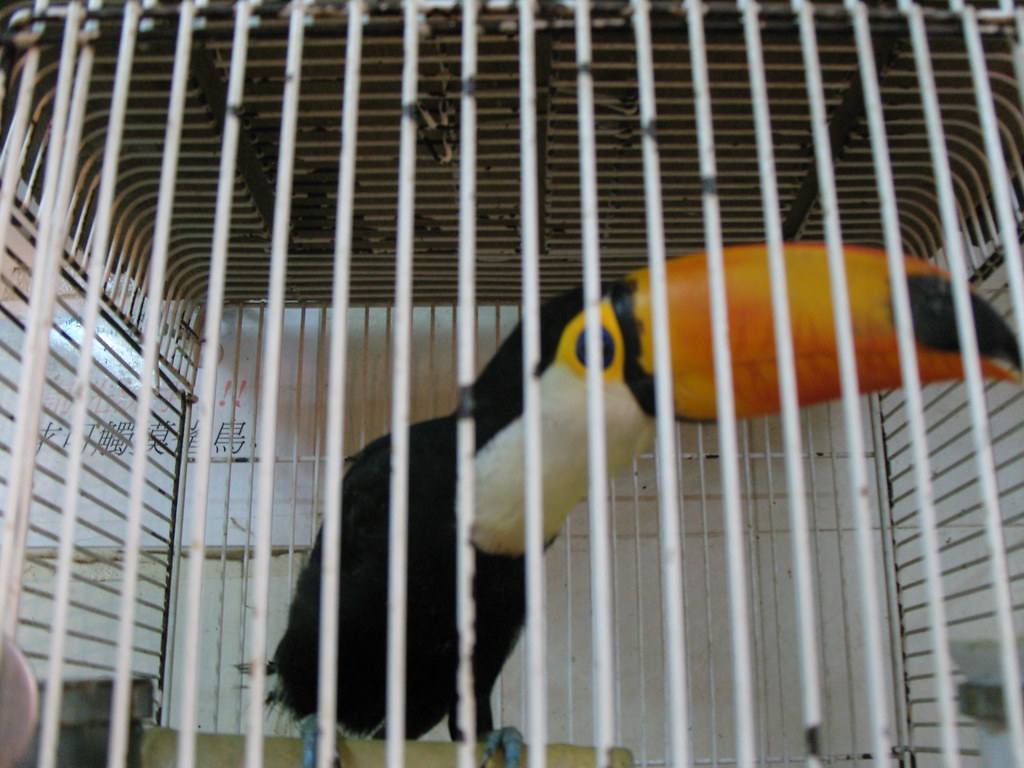
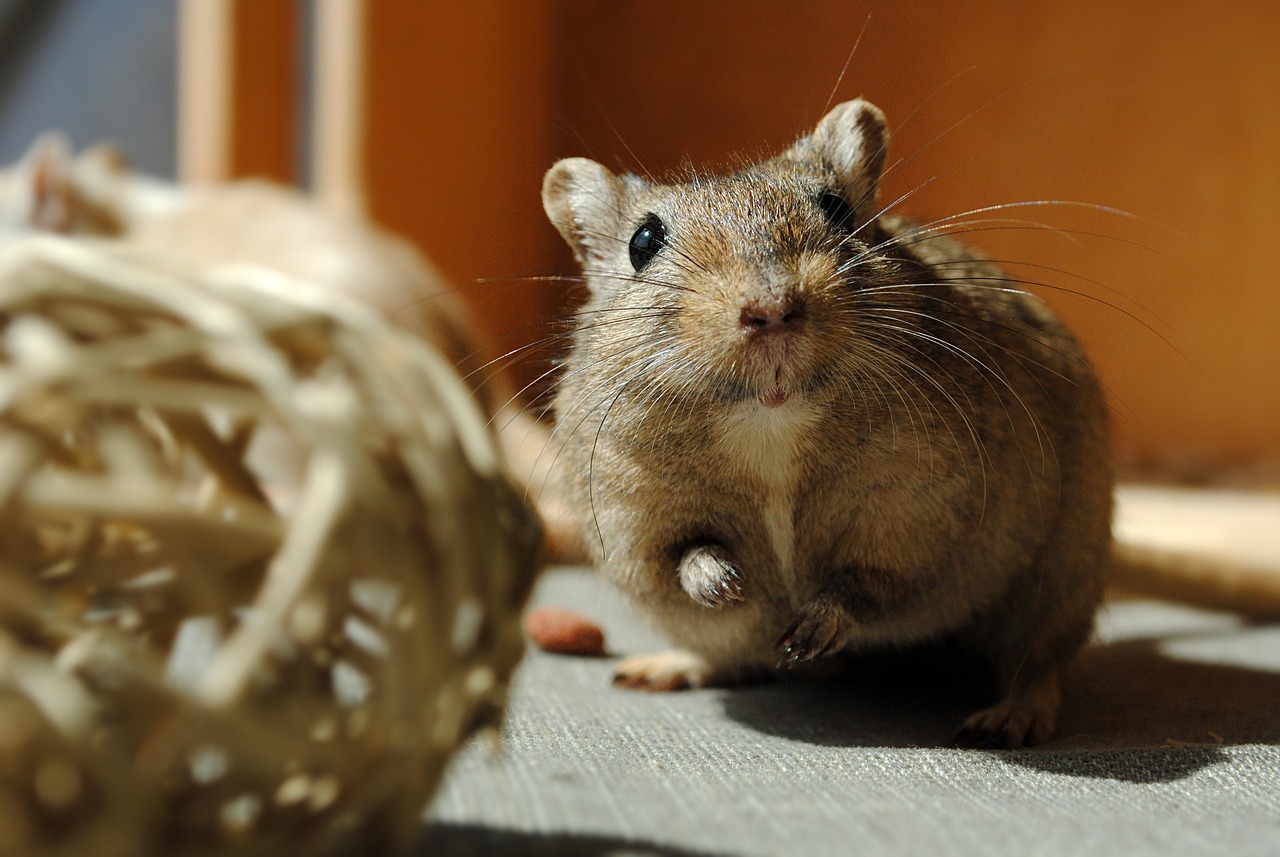

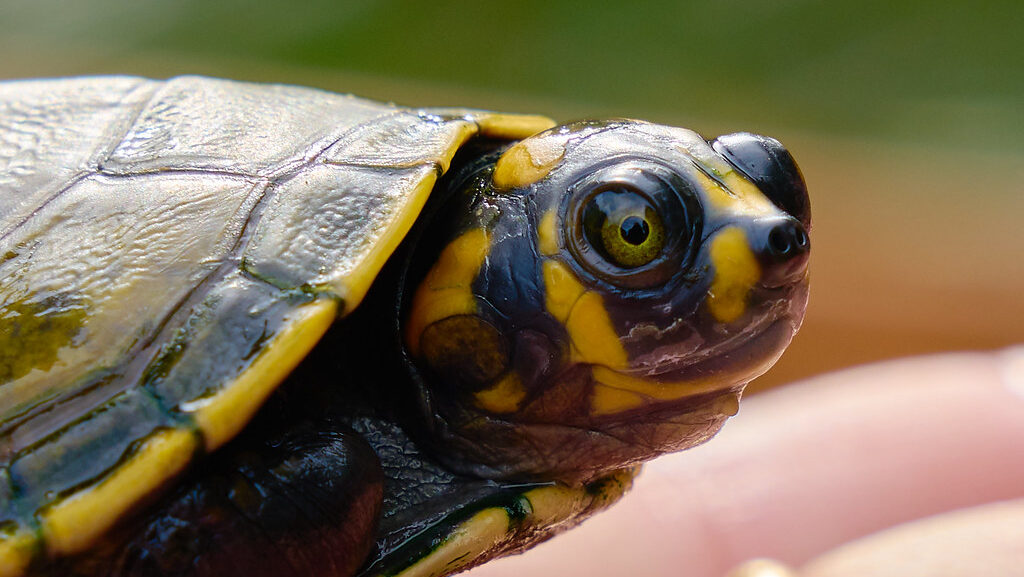
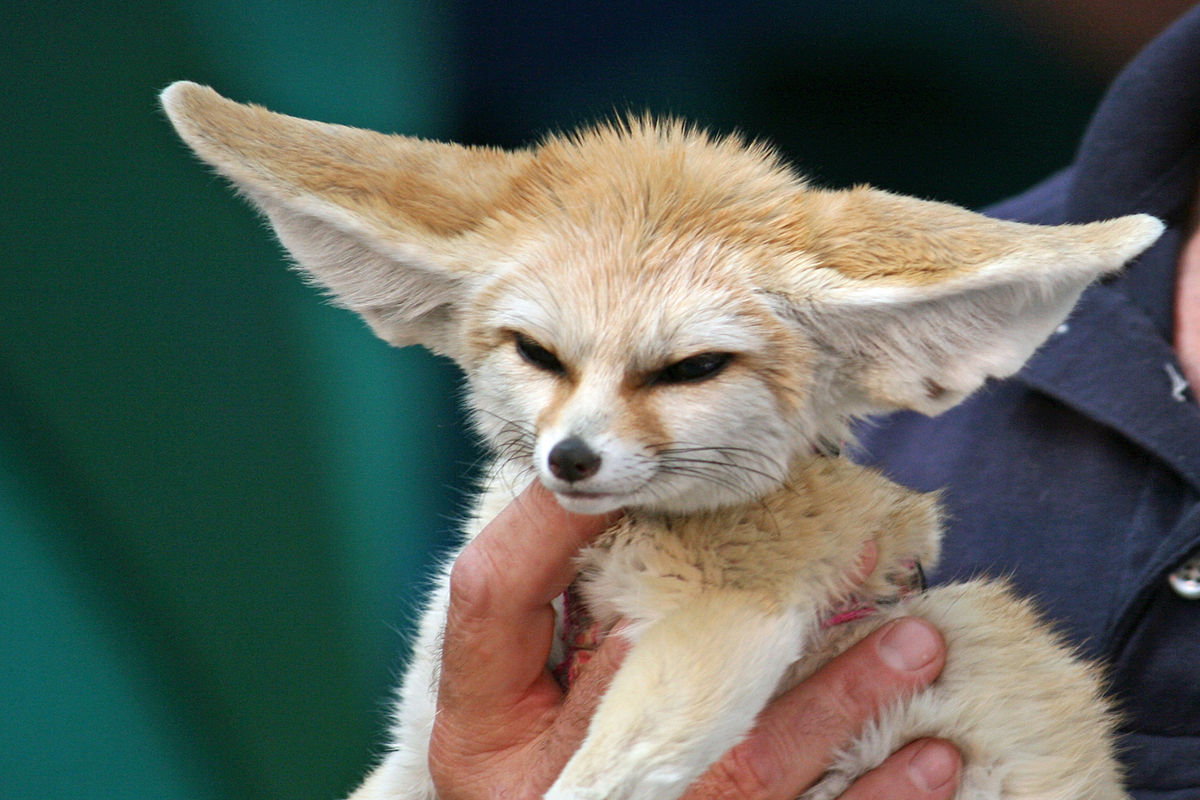
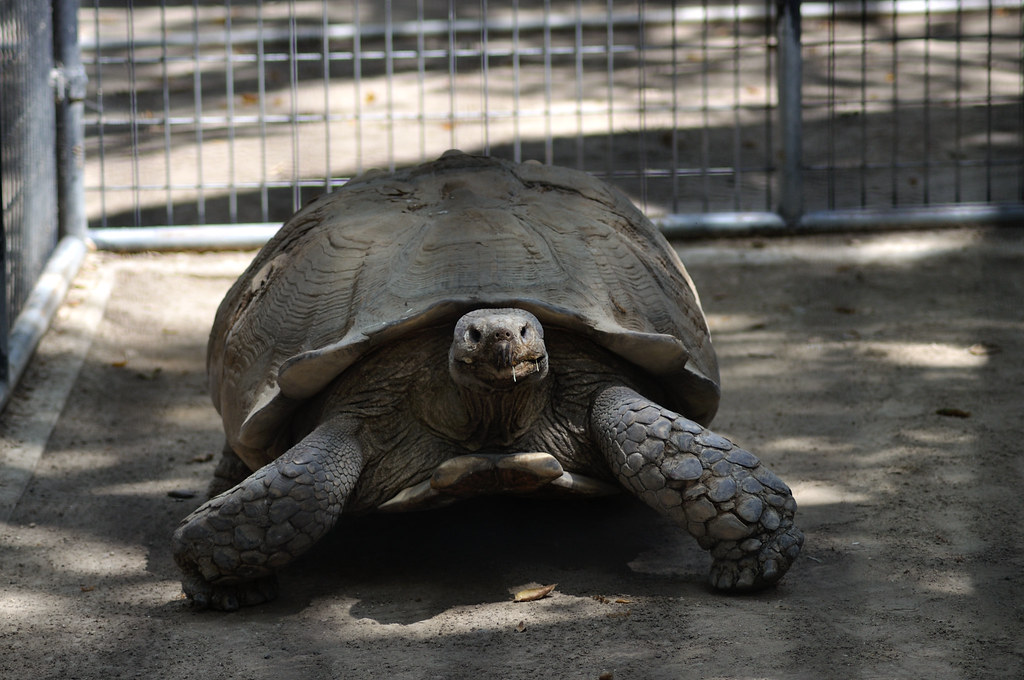

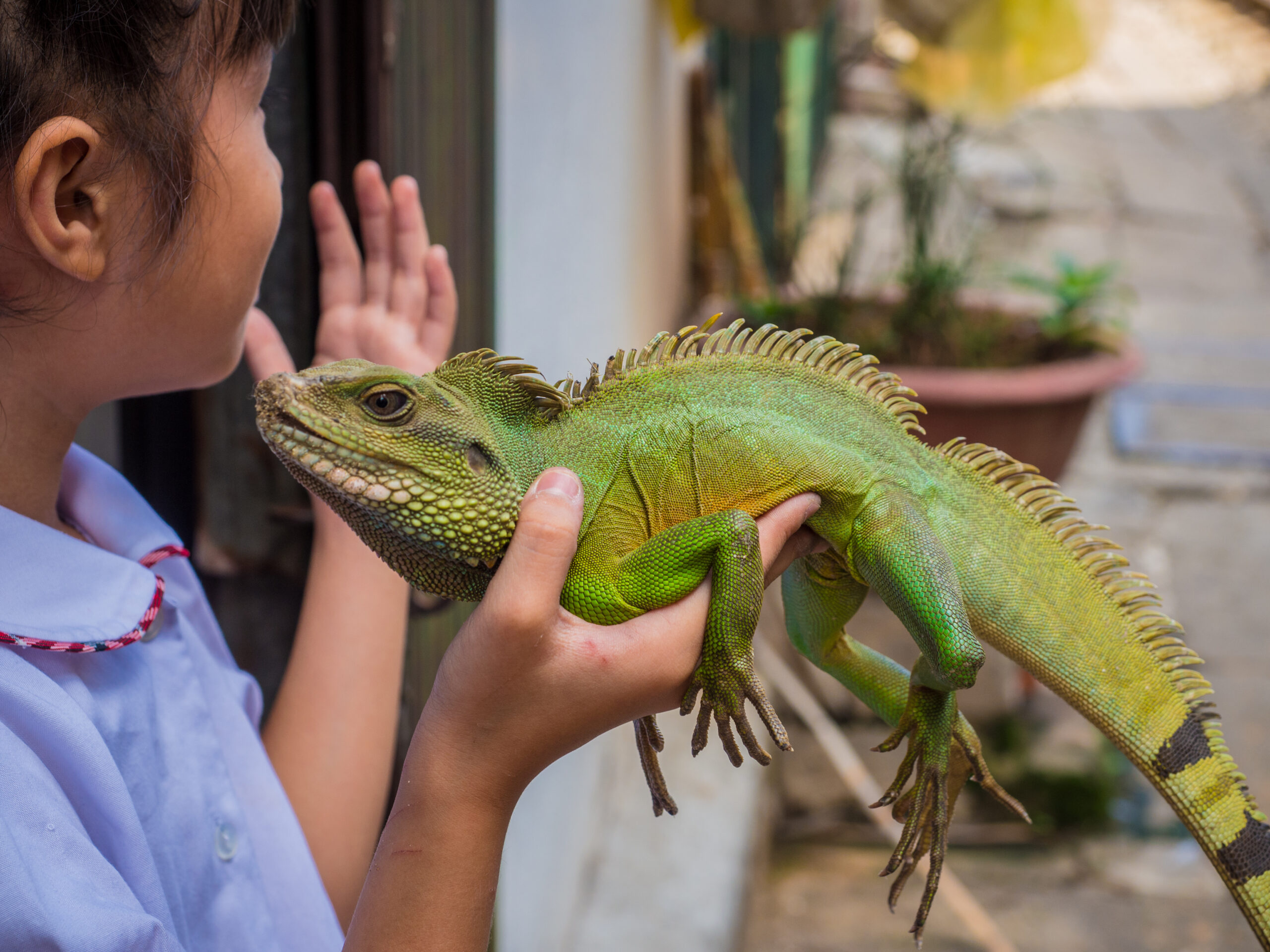





Leave a Reply